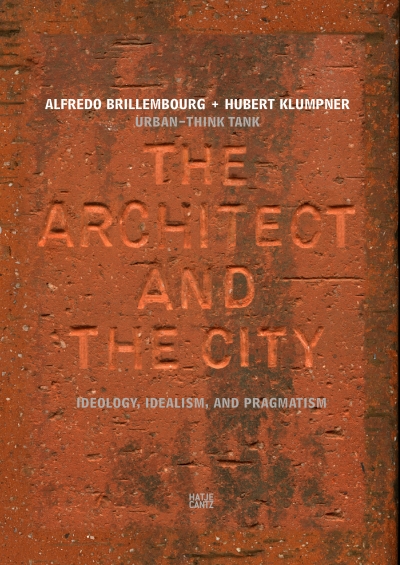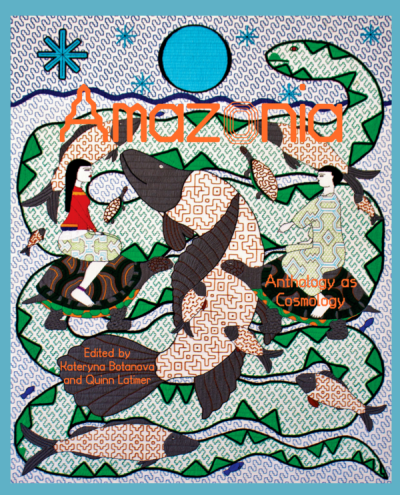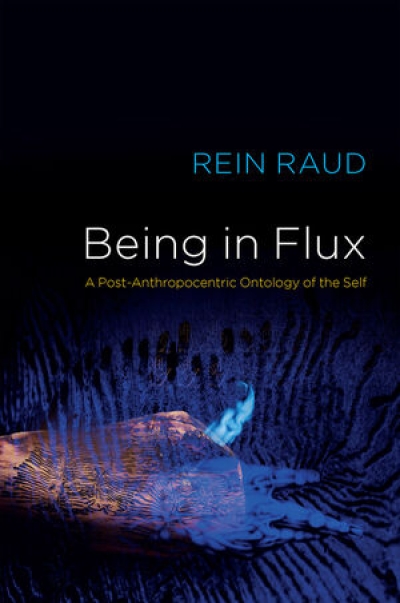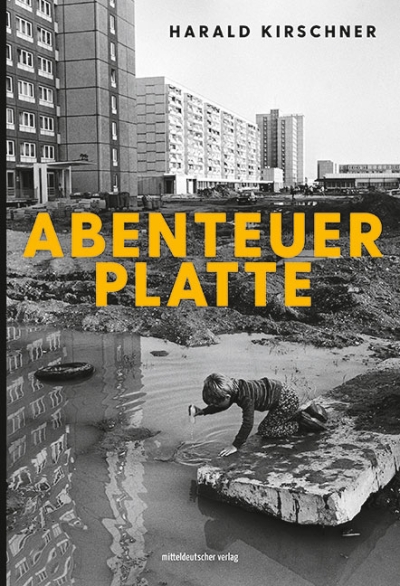
Type Only
Type Only celebrates a current trend in typography: type unsupported by illustration or photography. In other words, typography and letterforms on their own – solus.
Through the work of around 100 graphic designers from around the world, Type Only explores the communicative and emotive power of type when used in isolation.
The book identifies the use of type ‘in isolation’ as a growing and influential contemporary trend, but it also looks at the historical antecedents of this sort of work. In an introductory essay, Mark Sinclair, deputy editor of Creative Review, provides an overview of how typography has evolved from the early ‘type only’ experiments of the Dadaists and Futurists, via Modernism and Post-Modernism, to today’s radical typographic trends, digitally made and shared instantly on the internet.
With the mass arrival of the personal computer in the early 1990s, typography made a quantum leap. What once took hours of manual labour, could now be done on the screen in real time. At the same time, designers also realized that many of the old typographic conventions and preferences could be bypassed. The result is a 21st century typographic landscape with a multiplicity of styles and gestures: today, anything goes in typography – everything is permitted, nothing is forbidden.
But amongst this stylistic explosion, one trend seems to stand out as uniquely of the moment. It is best expressed by the now defunct British design group 8vo, who said: ‘We believed that typography, the key building block of printed communication, could be the core ingredient of a graphic solution (unsupported by illustration or photography…)’
In the pages of Type Only, we see what happens when designers from all over the world adhere to 8vo’s brave assertion. Some of it is beautiful, some of it is rude and shouty – but it all relies on the naked power of type and type only.
Features work from: Australia, Belgium, Czech Republic, Finland, France, Germany, Italy, Netherlands, Norway, Poland, Portugal, Serbia, South Korea, Spain, Sweden, Switzerland, UK, USA.
Essay: Mark Sinclair
Foreword: Tony Brook
Editors: Tony Brook, Claudia Klat
and Adrian Shaughnessy
Design: Spin

































































































